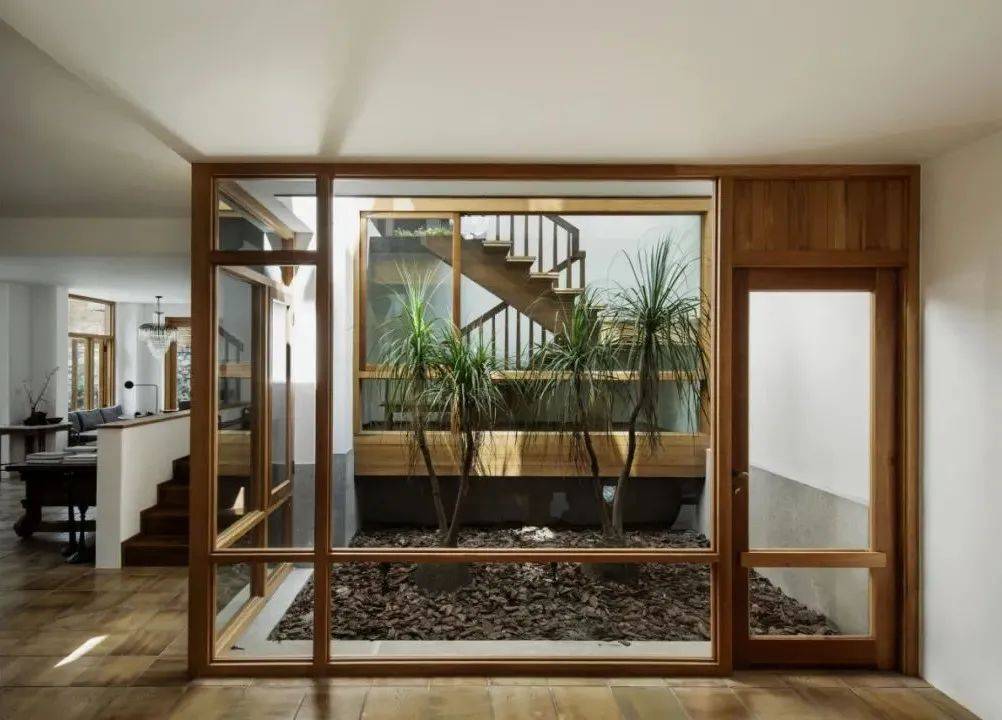Most people only know that Jingdezhen is the hometown of Chinese porcelain, but they don’t know that Jingdezhen has the reputation of “the source of porcelain, the land of tea, and the sea of forest”. The poet Chen Zhisui’s poem “Jingdezhen” vividly portrays the history of ceramic art in Jingdezhen: “Mo Xiao digs mountains with thick hands, crafted earthenware to move the capital. People have visited overseas, and the rugged mountains are a smooth journey.” The term “earthware” in the poems is the foundation of Jingdezhen’s prosperous porcelain, and the “king capital” established Jingdezhen’s status as imperial porcelain. “Kaolin” is the “kaolin” rich in Jingdezhen. Kaolin, which has good plasticity and fire resistance, is the most important raw material for the ancient Jingdezhen porcelain industry. Therefore, kaolin is also the key word for Jingdezhen porcelain to be famous overseas. Gaoling Scenic Area is located 40 kilometers northeast of Jingdezhen, in Ehu Town, Fuliang County, at the junction of Jiangxi and Anhui provinces in the northeast of Jiangxi Province. Jingdezhen has been famous for “one porcelain and two teas” since ancient times. The tea produced in Fuliang County was famous in the Tang Dynasty, and the culture of Fuliang tea has continued to this day. Gaoling China Village covers an area of 26 square kilometers, and the total investment is estimated to be 5 billion yuan. Committed to the positioning of “the best in Jiangxi, first-class in China, and world-renowned”, Jingdezhen will make every effort to build a demonstration area for rural revitalization out of the world. The current Gaoling China Village has been successfully established as a national 4A-level tourist attraction. Gaoling China Village is divided into six themed gardens: Fuliang Tea Sea, Gaoling Flower Sea, Camphor Forest Sea, Village Chief College, Wisdom Farm, and Jietian Village. In the park, a 13.6 km long tourist road is the key construction in the park, which runs through the entire scenic spot along the mountain. The two east-west waterfront scenery belts with functions of flood control, irrigation and sightseeing, plus a comprehensive tourist service area constitute the spatial layout of “one ring, two belts, six parks and one area”. As one of the “six gardens”, the Fuliang Tea Sea, thousands of acres of tea fields follow the mountain and extend to the distance in a stepped manner. The history of tea production in Fuliang can be traced back to the Han Dynasty, and the Kung Fu tea produced by the “Tianxiang Tea” in Fuliang County has also won the gold medal of the “Panama World Expo” and has been included in the world’s three high-flavor teas. Fuliang Tea Sea not only has a large area of pleasant and fragrant tea sea plantations, but also Datang Tea Market, Tang Tea Workshop, Tea Yin Xianju Ancient Buildings, Tea Yin Xianju B&B Cluster, and Lingshang One Observation Deck, etc. The layout of the scenic spots, with the tea culture as the core, not only allows you to watch, but you can also experience and participate in the history of Fuliang tea culture. The ingenious porcelain tea exhibition area also fully displays Jingdezhen porcelain in Fuliang Haocha. If you like porcelain or tasting tea, you can also buy favorites. Fuliang Tea Sea is the core scenic spot of Gaoling China Village, but under the coastal scenery, the “Kaolin Flower Sea” rural ecological sightseeing area has made Gaoling China Village an Internet celebrity scenic spot. The colorful sea of flowers surrounded by mountains has also become a major feature of Jingdezhen’s natural beauty. The purple verbena is romantic and dreamy under the blue sky, and it is an excellent place for photography. At present, dozens of types of flowers and fruits have been planted here, such as lilies, cosmos, lavender, sunflowers, camellia, etc., to ensure “grass in spring, flowers in summer, fruits in autumn, and green in winter”. The Langshan viewing platform to be completed in the “Kaolin Flower Sea” is the commanding height of Gaoling China Village. The undulating flower sea, the tens of thousands of acres of flowers dotted the mountains, the small bridges and the flowing water, the ancient trees, and the green bricks. The tile is hidden in the sea of tea and flowers, giving a glimpse of all the sights. This dying village in the past is now a unique idyllic village. Porcelain is the original fruit of Jingdezhen, and Jingdezhen’s ceramics and Fuliang tea combine the indissoluble bond of “good porcelain tea”. The porcelain culture that has been in development for thousands of years and Fuliang tea complement each other and gradually become Jingdezhen in the new world.




























































You must log in to post a comment.